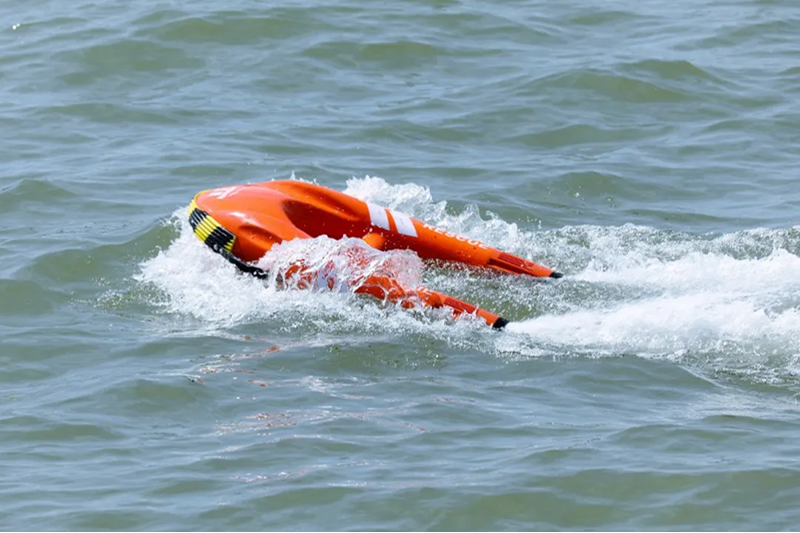The Importance of Technical Standards in Water Safety Products Compliance
Phenomenon: Rising Public Concern Over Contaminated Drinking Water
Public awareness of drinking water contamination has surged, with 78% of households expressing concern over heavy metals and microplastics in tap water (Global Water Safety Index 2023). Health agencies now track 140+ contaminants linked to chronic illnesses, driving demand for verified water safety products.
Principle: How Technical Standards Define Safe Performance for Water Safety Products
Technical standards establish measurable thresholds for material safety, filtration efficiency, and chemical leaching. For example, compliant fixtures must limit lead release to 1 µg/L under extended stagnation conditions. Testing protocols verify performance across 15+ stress factors, including pH fluctuations and temperature extremes.
Case Study: Lead Leaching from Non-Compliant Plumbing Fixtures in the UK
A 2021 investigation revealed 12% of uncertified brass fittings exceeded lead limits by 300% after six months of use, exposing 40,000 households to neurotoxic risks. Regulators mandated replacements at a cost of £26 million to manufacturers, highlighting the financial and legal consequences of non-compliance.
EU and UK Regulatory Frameworks for Water Safety Products
Drinking Water Directive and EU Minimum Health Requirements for Water Safety Products
The EU Drinking Water Directive from 2020 establishes strict limits on 18 different contaminants found in water safety products. Lead levels must stay below 0.01 mg per liter, and there are also rules about microplastics content. These regulations make sure that things like valves and pipes won't release dangerous chemicals into drinking water supplies. After Brexit happened, the UK kept following similar standards through their own Water Supply Regulations. Now companies need third party certifications like WRAS, which stands for Water Regulations Advisory Scheme, before selling products for public water systems. Products that meet these certification requirements have been shown to cut down heavy metal contamination by around 42 percent when compared with items that haven't gone through proper testing according to Frontiers in Sustainability research from last year.
EN and BS EN Standards for Testing and Certification in Europe
European standards such as EN 1717 for backflow prevention and BS EN 806 regarding pipework installation set the bar for what water safety products should achieve. Back in 2023, the UK government decided to keep recognizing CE markings without any time limit according to their official update that year. However, companies still need to get UKCA markings if they're making products exclusively for sale within Britain itself. For businesses operating across both markets, this means going through two separate testing processes for these different standards. Small and medium enterprises especially feel the pinch here since certification expenses jump somewhere between 15% and 20%, based on data from the British Standards Institution released last year.
UK Drinking Water Regulations 2016: Challenges for Manufacturers and Importers
Under the UK's Drinking Water Regulations from 2016, all imported water safety equipment needs to pass material stability tests when exposed to constant 30 degree Celsius water flow. For pressure equipment, companies have to document how well parts can handle pressures above half a bar according to the Safety Regulations of 2016. Last year was quite revealing actually - nearly three out of ten valves made in the EU couldn't get certified in the UK because they didn't meet nickel release standards that aren't always followed across mainland Europe as per a recent WRAS audit. Things are getting stricter too. Starting now, importers need complete visibility into where their metal alloys and plastic components come from. This requirement will gradually roll out completely by 2025, giving businesses time to adjust their sourcing practices.
Global Standards and Guidelines Shaping Water Safety Product Requirements
EPA, WHO, and UN Water Guidelines as Foundations for National Regulations
Around the world, regulatory agencies often look to guidance from organizations like the EPA, WHO, and United Nations when setting minimum standards for water safety equipment. According to the World Health Organization's latest 2023 recommendations, safe drinking water should contain no more than 0.01 milligrams per liter of lead, something about three quarters of countries have actually implemented. These international benchmarks form the foundation for local regulations, helping maintain uniformity across tests for dangerous substances such as PFAS chemicals and various heavy metals. Take ISO 4422 standards for plastic pipes as an illustration. These specs match up with WHO guidelines and basically stop harmful chemicals from seeping into water supplies while still keeping the pipes strong enough to last over time.
US Safe Drinking Water Act: Contaminant Testing and Industry Compliance
Under the Safe Drinking Water Act, every water safety product available in the United States needs to go through strict third party checks. These products face annual tests for over 90 different contaminants before they can hit store shelves. Companies selling these products have to prove they meet EPA standards called Maximum Contaminant Levels, or MCLs for short. For instance, copper content should stay below 0.015 milligrams per liter, and there simply cannot be any traces of E. coli bacteria. Looking at recent FDA inspections paints a concerning picture too - around one out of eight bottled water plants didn't pass their microbial tests last year. This shows just how difficult it remains to consistently enforce these important water safety regulations across the industry.
Scientific Basis for Determining Safe Pollutant Levels in Drinking Water
Arsenic levels at 0.01 mg per liter and nitrates capped at 10 mg per liter come from years of studying how these substances affect human health over time. Researchers have tracked groups of people exposed to different concentrations and found connections between prolonged contact and heart problems. When it comes to setting safe limits, organizations like the World Health Organization look at what constitutes acceptable risk. Their guidelines aim to keep cancer chances below one in a million over a person's entire life span, which means water treatment systems must remove dangerous chemicals such as vinyl chloride. These days, scientists aren't just looking at old data anymore. They're factoring in climate projections too, because rising temperatures and changing weather patterns can bring new contaminants into our drinking water supplies. Microplastics in groundwater is one example where traditional standards might need updating as we learn more about these invisible pollutants.
Public Health Implications of Non-Compliant Water Safety Products
Water Quality Standards as a Cornerstone of Public Health Protection
The standards for water quality set by groups like the World Health Organization and Environmental Protection Agency basically protect our health when it comes to drinking water. These guidelines actually specify what amounts of different stuff in the water are considered safe, covering things like lead, arsenic, and all sorts of tiny germs that can make people sick over time. Products designed to ensure water safety work properly only when they stick to these standards. Meeting them stops people from getting stomach bugs right away and also cuts down on bigger problems later on, like brain issues caused by too much heavy metal in the system. That's why compliance matters so much for both immediate health concerns and longer term wellbeing.
Health Risks and Regulatory Consequences of Non-Compliance
Non-compliant water safety products can cause severe health impacts:
- Lead leaching from uncertified plumbing fixtures increases developmental risks in children (CDC, 2023)
- Bacterial biofilm growth in substandard filters correlates with 17% higher hospitalization rates for waterborne illnesses (NIH, 2022)
Regulatory penalties escalate with violation severity:
| Consequence Type |
Examples |
Frequency |
| Financial |
Fines up to $50k/day (EPA) |
63% of cases |
| Operational |
Mandatory product recalls |
22% of cases |
| Legal |
Class-action lawsuits |
15% of cases |
A 2023 industry analysis found manufacturers face 8–12 month recovery timelines after major compliance violations due to eroded consumer trust.
Balancing Industry Innovation with Stringent Water Safety Regulations
New tech stuff such as graphene filters and those smart IoT monitoring gadgets really needs to get checked out by third parties against standards like NSF/ANSI 53 before they hit stores. Companies are putting money into research because they want to make sure these new materials won't cause any unexpected problems for people's health. Take a look at what happened with some nanotech purifiers recently. They cut down on microplastics by about 89 percent during testing, which is pretty impressive. And guess what? These devices still met all the requirements set forth in the EU Directive 2020/2184. That shows how important it is to balance innovation with safety when bringing products to market.
Integration of Water Treatment Technologies with Technical Standards
Water safety products rely on advanced treatment methods that align with technical standards to ensure contaminant removal while maintaining operational efficiency. Modern systems combine multiple technologies to address diverse water quality challenges, balancing innovation with regulatory compliance.
Filtration, UV Disinfection, and Chemical Treatments in Compliant Systems
Activated carbon filters and membrane systems are effective at removing particles and organic stuff from water, and they generally meet those NSF/ANSI standards for safe materials. When it comes to killing germs without chemicals, UV light works pretty well too. The effectiveness of these UV systems needs to hit certain levels according to ISO 15858 guidelines regarding proper UV dosage. For chemical approaches, companies often turn to alternatives to regular chlorine, like chloramine. These treatments have to follow the latest World Health Organization drinking water quality guidelines from 2023 to avoid creating nasty byproducts that could be dangerous if left unchecked.
Reverse Osmosis and Water Softeners: Meeting Safety and Performance Standards
Reverse osmosis or RO systems typically remove between 90 and 99 percent of contaminants from water, meeting standards set by NSF/ANSI 58 when it comes to reducing total dissolved solids. On the other hand, water softeners tackle scale buildup using an ion exchange process, and they must follow NSF/ANSI 44 guidelines which control how much sodium and potassium gets released into the water supply. For safety reasons, both these technologies need independent certification regarding heavy metals that might leach into drinking water. The European Union has specific rules about this too, especially concerning lead levels that should stay below five parts per billion according to Regulation 2020/2184. These certifications matter because they give consumers confidence in what's actually happening inside their plumbing systems at home.
Role of Water Treatment Chemicals in Regulatory Compliance
Chemicals including coagulants and pH stabilizers play a big role in water treatment processes, but newer studies point out we need to find a middle ground between effective disinfection and managing harmful byproducts. Research shows around one quarter of traditional treatment facilities actually go beyond the World Health Organization's suggested limits for trihalomethanes. This has made many operators take notice of EN 16037 guidelines when handling oxidizing chemicals. Looking at alternatives makes sense these days. Ozone based systems are becoming increasingly popular across Europe, already making up nearly 18 percent of all new installation projects there. These systems help cut down on those regulated disinfection byproducts that regulatory agencies keep tabs on so closely.
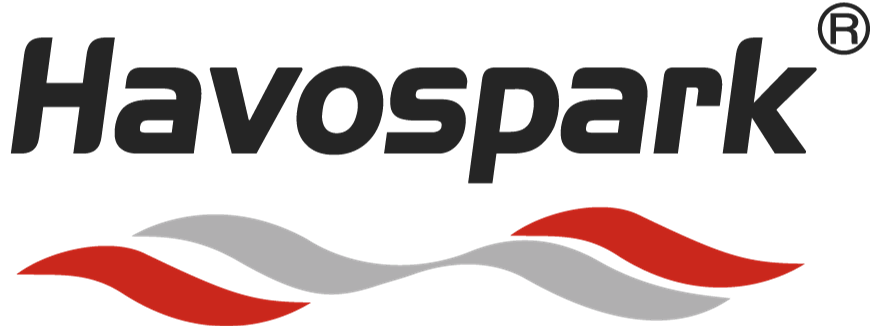
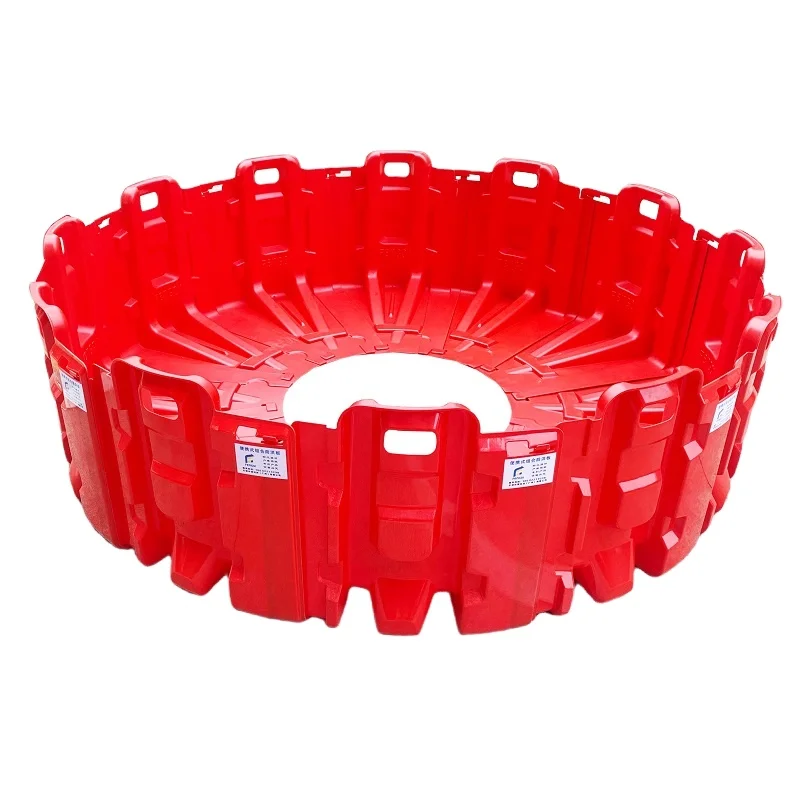
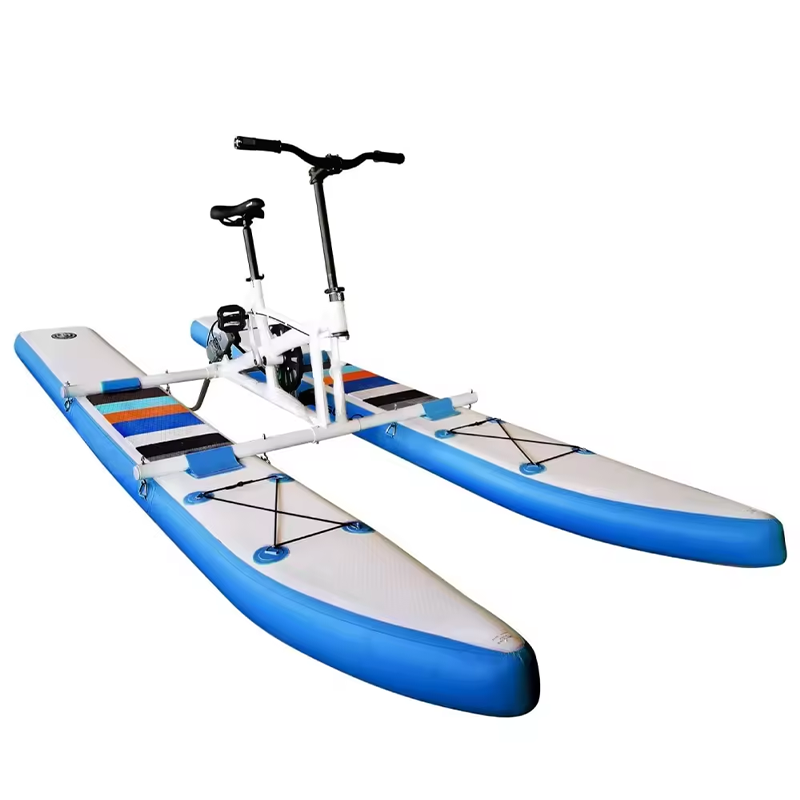
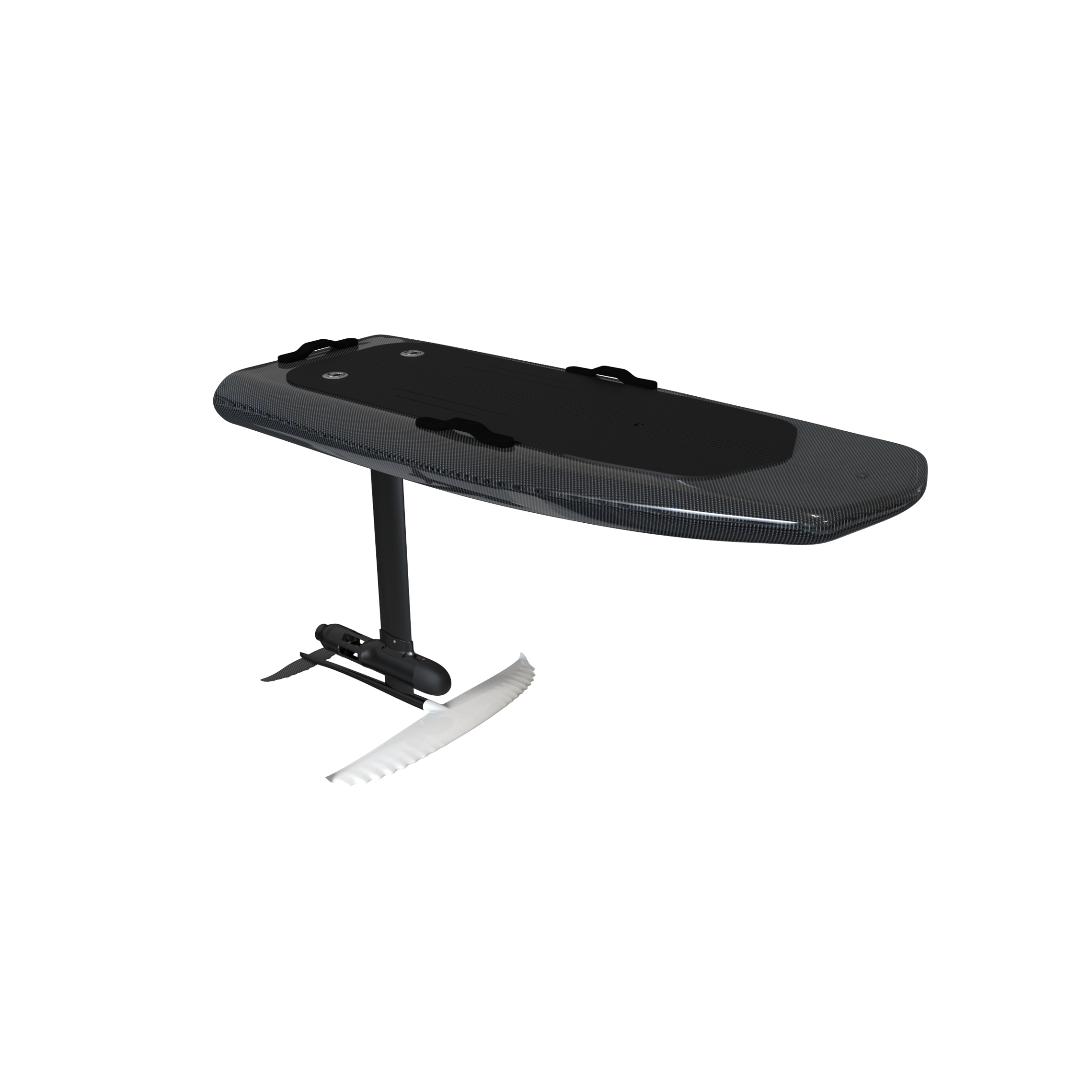
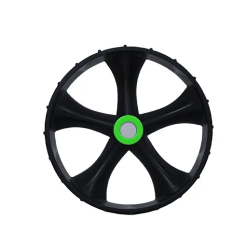
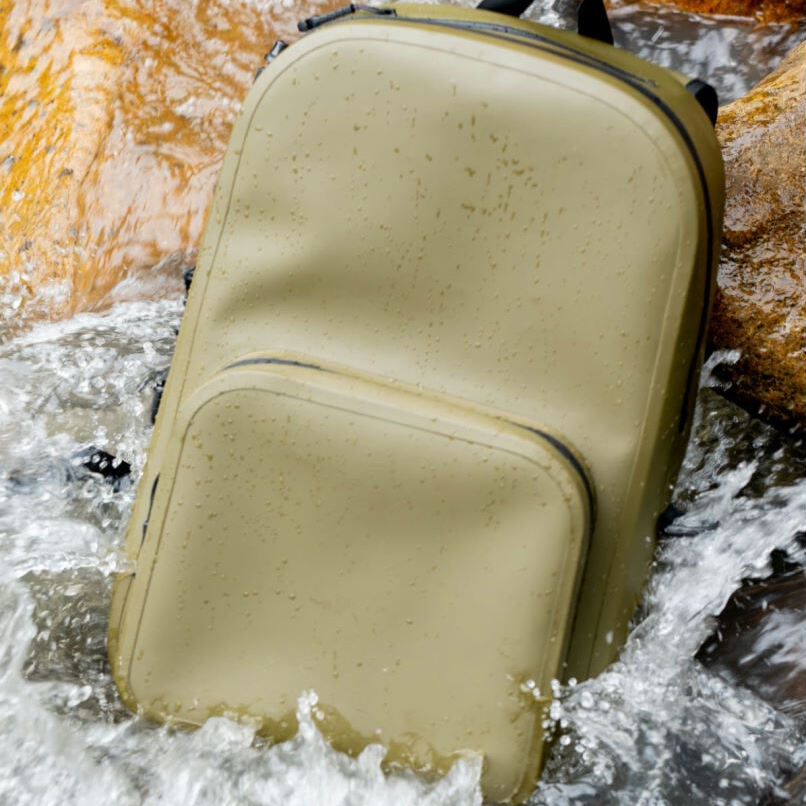

 Hot News
Hot News